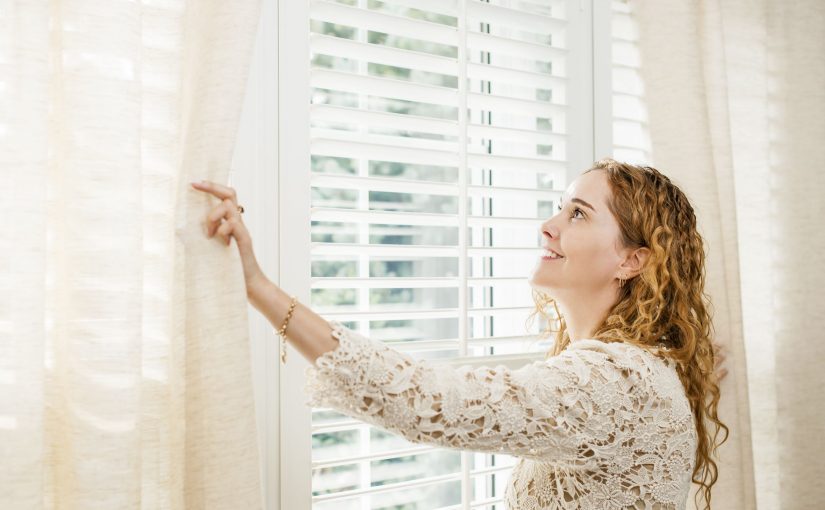
As autumn arrives and the days grow Cooler and shorter, it is essential to ensure that your HVAC (Heating, Ventilation, and Air Conditioning) system is ready to transition from cooling to heating. Proper fall maintenance can help avoid unexpected breakdowns and ensure your system operates efficiently throughout the colder months. Here’s a comprehensive guide to preparing your HVAC system for fall.
- Schedule a Professional Inspection – Before the cold weather hits, scheduling a professional inspection and maintenance check for your HVAC system is a good idea. A certified technician can:
- Inspect and Clean the Furnace: They’ll check for any issues, clean components, and ensure everything works.
- Check Thermostat Calibration: Ensuring your thermostat is accurate can help maintain comfort and efficiency.
- Inspect Ductwork: Look for leaks or obstructions affecting airflow and efficiency.
2. Change or Clean Air Filters – Dirty or clogged air filters can reduce the efficiency of your HVAC system and compromise indoor air quality. In fall:
- Replace or Clean Filters: Depending on your filter type, either replace it with a new one or clean it according to the manufacturer’s instructions.
- Check Filters Monthly: During the heating season, check the filters monthly and replace or clean them as needed.
3. Test the Heating System – Before the cold weather sets in, it’s crucial to ensure your heating system is functioning correctly:
- Turn On the Heater: Test the system by turning on the heat to ensure it starts up and heats your home adequately.
- Listen for Unusual Noises: Any strange noises that could indicate a problem.
4. Inspect and Clean Vents and Registers – Ensure that your vents and registers are clean and unobstructed to promote proper airflow:
- Vacuum Vents: Dust and debris can accumulate in vents and registers. Use a vacuum to remove dust and debris.
- Check for Blockages: Ensure furniture or other objects are not blocking the vents.
5. Inspect the Heat Exchanger – The heat exchanger is a critical component of your furnace. A cracked heat exchanger can be dangerous due to the risk of carbon monoxide leaks:
- Check for Cracks: Have a professional inspect the heat exchanger for any signs of damage or wear.
6. Ensure Proper Ventilation – Proper ventilation is essential for indoor air quality and overall HVAC efficiency:
- Check for Obstructions: Ensure that vents and outdoor air intakes are clear of obstructions like leaves, debris, or snow.
- Maintain Good Airflow: Proper ventilation helps to balance the indoor air quality and efficiency of your system.
7. Seal Drafts and Insulate – To improve your home’s energy efficiency and ensure your heating system doesn’t have to work harder than necessary:
- Seal Drafts: Check windows and doors for drafts and seal any gaps with weatherstripping or caulk.
- Insulate: Ensure that your home’s insulation is adequate to keep warm air in and cold air out.
8. Program Your Thermostat – Adjusting your thermostat settings can save energy and reduce heating costs:
- Set Up a Schedule: Program your thermostat to lower the temperature when you’re away or asleep and raise it when you’re home.
- Use a Smart Thermostat: Consider upgrading to a smart thermostat to learn your schedule and adjust temperatures automatically.
9. Clear the Area Around Your Furnace – Ensure that the area around your furnace is clean and free of clutter:
- Remove Obstructions: Keep items such as boxes, cleaning supplies, or other objects away from the furnace and vents.
- Ensure Proper Airflow: Adequate space around your furnace helps maintain proper airflow and reduces fire hazards.
10. Prepare for Emergencies – Having a plan in place for HVAC emergencies can save you time and stress:
- Know Your Emergency Contacts: Keep the contact information for Air Handlers, Inc. HVAC repair service handy.
- Have a Backup Heat Source: In case of a furnace failure, having an alternative heat source, such as a space heater, can be helpful.
Conclusion
Preparing your HVAC system for fall ensures comfort and efficiency during the colder months. By following these maintenance tips, you can help extend the life of your system, reduce the risk of breakdowns, and keep your home cozy throughout the fall and winter seasons. Regular maintenance and timely inspections can also lead to cost savings on energy bills and repairs. Call Air Handlers, Inc. and make an appointment to get your HVAC system ready, and you’ll enjoy a warmer, more comfortable home all season long.





